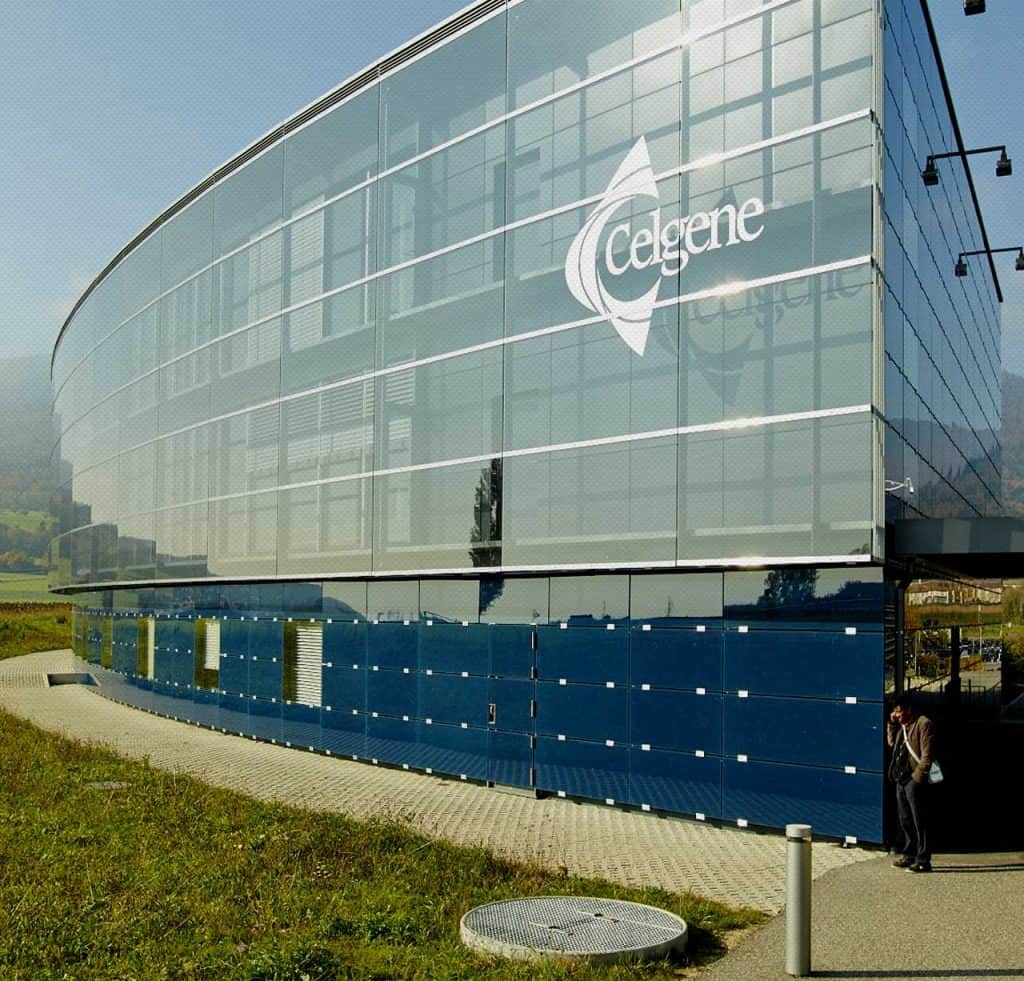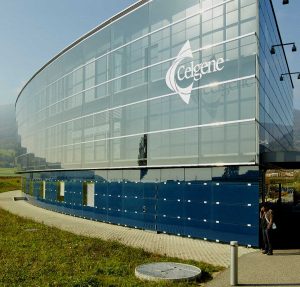
Celgene’s ozanimod meets endpoints in Phase II ulcerative colitis trials
pharmafile | March 21, 2016 | News story | Research and Development, Sales and Marketing | Celgene
Celgene International Sàrl, a Celgene subsidiary, has announced additional data of exploratory endpoints from a Phase II trial of ozanimod in patients with moderate to severe ulcerative colitis.
In results presented at the 11th Congress of the European Crohn’s and Colitis Organisation (ECCO) in Amsterdam, the selective S1P 1 and 5 receptor modulator was shown to result in improvements in histologic features and remission in patients treated over 32 weeks.
“It’s exciting to observe histologic improvements in patients with ulcerative colitis who were treated with ozanimod,” says Dr William Sandborn, Professor of Medicine at University of California San Diego Inflammatory Bowel Disease Center. “Clinical research suggests that histologic improvements can be linked with improved clinical outcomes in ulcerative colitis. While often more difficult to measure, endpoints such as histologic improvement or remission are emerging as important treatment goals for patients and their physicians.”
The Phase II TOUCHSTONE trial evaluated the efficacy and safety of 0.5 mg and 1 mg doses of ozanimod compared with placebo after eight weeks of treatment in 197 patients with moderate to severe active ulcerative colitis.
Patients who achieved a clinical response at week 8 continued with their original treatment to week 32 in a maintenance phase, with the primary endpoint being the proportion of patients in remission at week 8.
Secondary endpoints were: the proportion of patients achieving a clinical response, the proportion of patients with mucosal improvement and the change from baseline in Mayo score. Histologic improvement and remission with ozanimod at the same time points was assessed as an exploratory endpoint.
Previously reported results showed TOUCHSTONE met its primary endpoint and secondary endpoints with statistical significance for patients on the 1 mg dose of ozanimod versus placebo.
In the histology results from the TOUCHSTONE study presented at ECCO, histologic improvement was significantly greater for the 1 mg ozanimod dose than for placebo at both week 8 and week 32 A 0.5 mg dose also investigated was superior to placebo, but not enough to achieve statistical significance at either time point.
At week 8, although there was an apparent numerical dose response in the proportion of patients reaching histologic remission, defined as a Geboes score less than 2, there were no significant differences. However at week 32, 31% of patients on ozanimod 1 mg achieved histologic remission compared with 8% on placebo and 23% of patients on ozanimod 0.5 mg achieved histologic remission.
“These data suggest that in addition to benefits we’ve previously seen, oral ozanimod could also help ulcerative colitis patients achieve the important treatment goal of histologic remission,” says Scott Smith, president, Celgene Inflammation & Immunology. “We are committed to bringing innovative medicines and different treatment options for patients with inflammatory bowel disease and continue to actively advance the Phase III clinical program for ozanimod.”
Joel Levy
Related Content

NICE recommends Celgene’s REVLIMID for multiple myeloma
NICE has issued a Final Appraisal Document (FAD) recommending Celgene’s REVLIMID (lenalidomide) as maintenance treatment …

NICE opts to reject Celgene’s Revlimid for newly diagnosed multiple myeloma after an autologous stem cell transplant
It has emerged that NICE has opted to reject Celgene’s Revlimid (lenalidomide) for the maintenance …

NICE recommends Celgene’s Revlimid combo for follicular lymphoma
NICE has chosen to recommend Celgene’s Revlimid (lenalidomide) for use on the NHS, it has …






